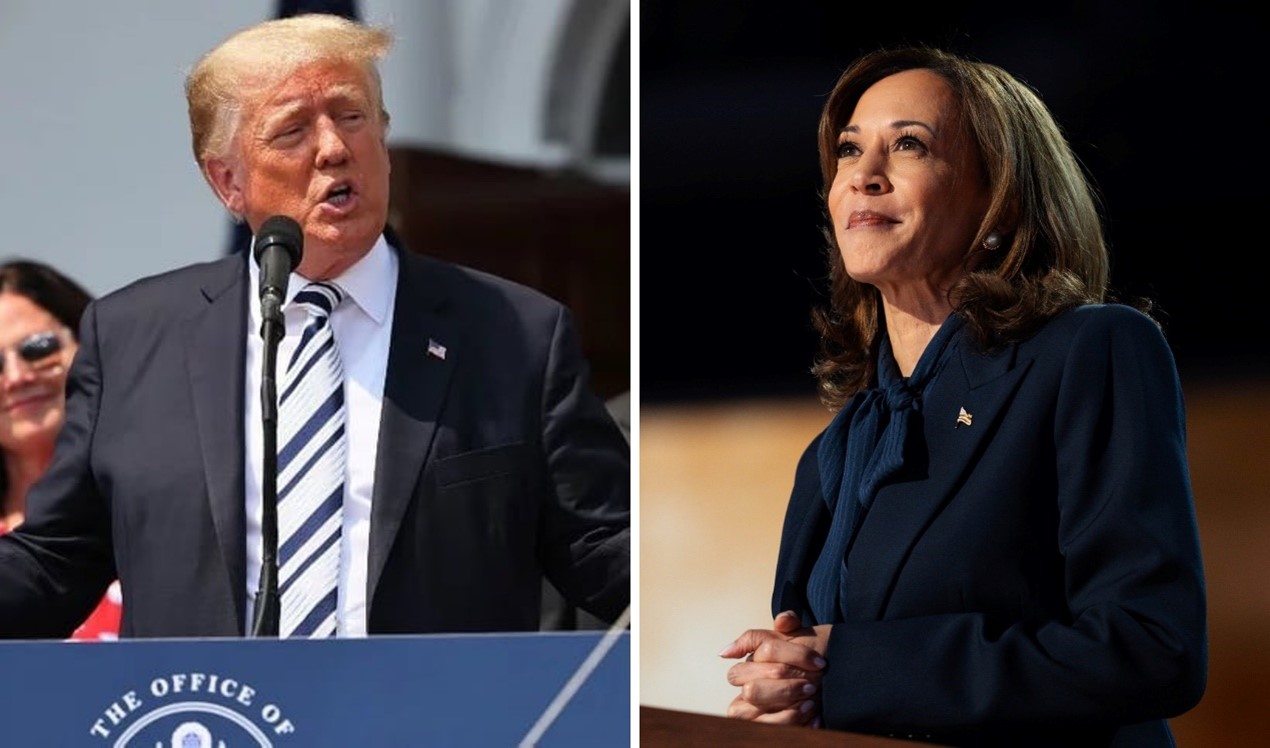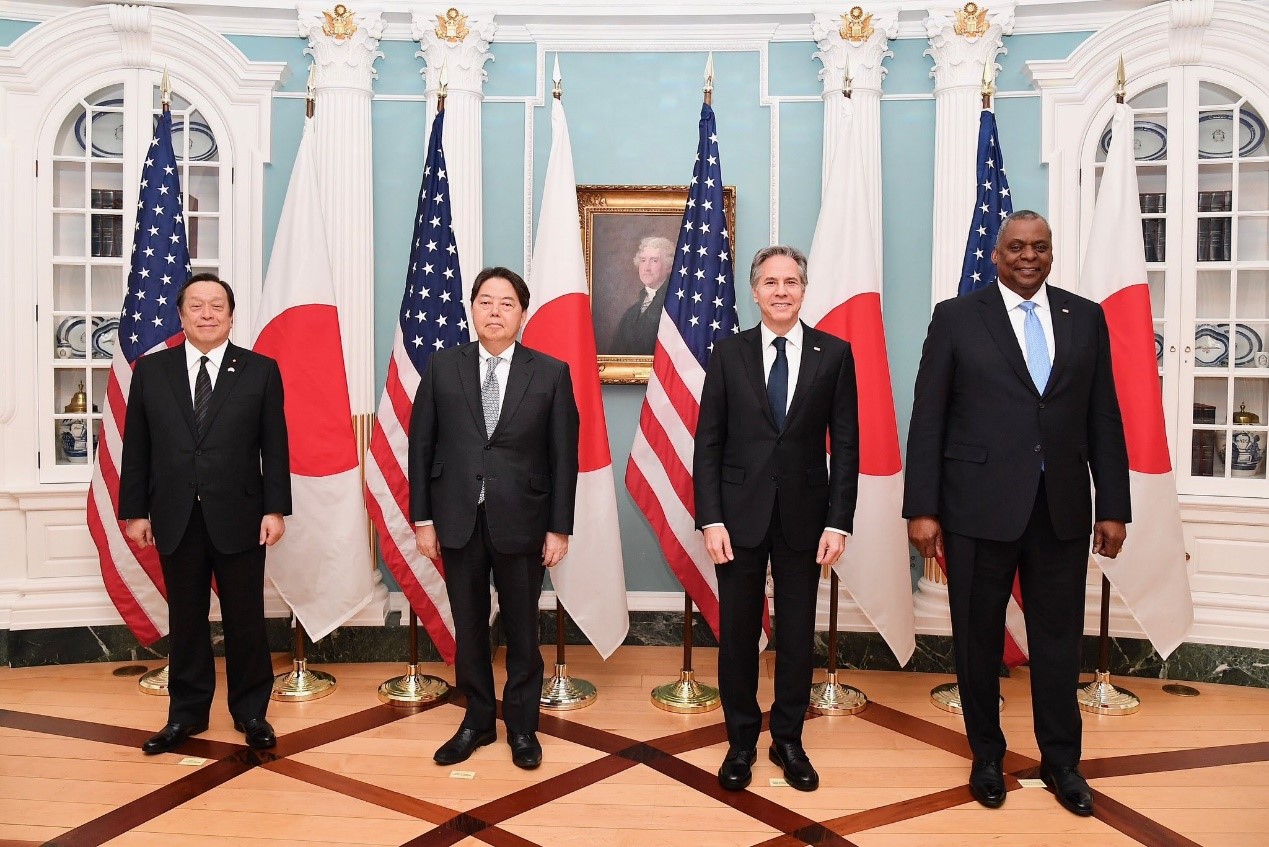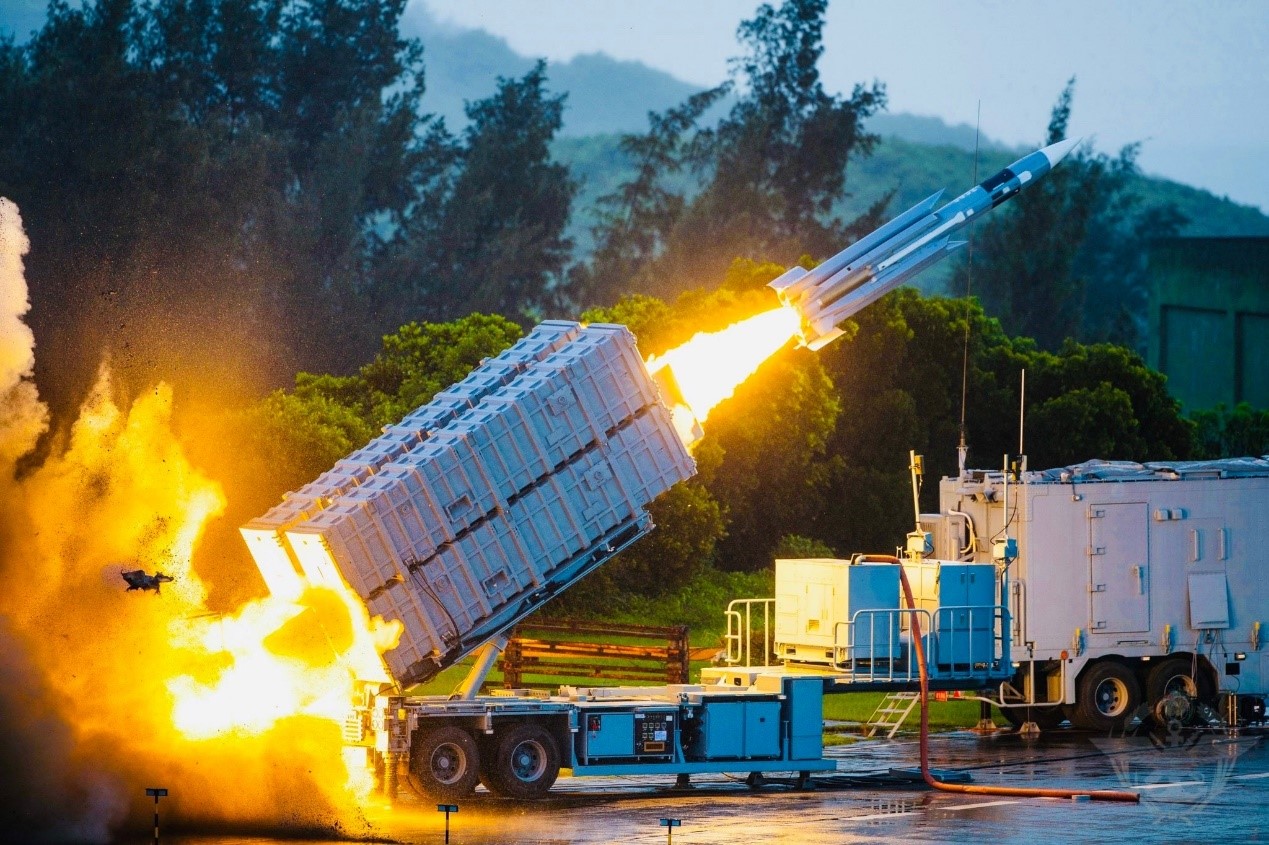Esper’s Visit and the Future Direction of Taiwan’s Strategic Planning
Former U.S. Secretary of Defense Mark Esper’s views was the notion that the U.S.’ “One China” policy no longer makes sense and that “strategic ambiguity” should be changed in order to have a real deterrent effect.
Picture source: Office of the President, Taiwan (ROC), July 19, 2022, Office of the President, Taiwan (ROC), https://www.president.gov.tw/NEWS/26817.
Esper’s Visit and the Future Direction of Taiwan’s Strategic Planning
Prospects & Perspectives No. 46
By Tzu-yun Su
Former U.S. Secretary of Defense Mark Esper and a delegation from the Atlantic Council visited Taiwan in July, during which they expressed support for democratic Taiwan and made recommendations on Taiwan's security. Chief among Esper’s views was the notion that the U.S.’ “One China” policy no longer makes sense and that “strategic ambiguity” should be changed in order to have a real deterrent effect. Members of the delegation also suggested that Taiwan should strengthen its self-defense capabilities as soon as possible.
Two-way cooperation between Taiwan and the United States
In a meeting with President Tsai Ing-wen, Esper said that as former secretary of defense, his mission was to lead the United States and its allies in confronting the world’s most important situations. Russia’s invasion of Ukraine is evidence, he said, that the continued existence of authoritarian states pose problems for the world and threaten our democracy.
Yet the greatest threat to democracy does not come from Russia, but in Asia, Esper said. China continues to undermine the global order based on the rule of law and to threaten freedom-loving people — and Taiwan is at the forefront of this battle. Support for democracy, he said, is a conviction in the fight against China. It is time for Western democracies to step up and support democracies like Taiwan that are threatened by their neighbors.
There is now a consensus in Washington’s policy to work together to support Taiwan against the threat posed by China, and this message has been passed on to our European and NATO partners. Esper said the U.S. is pleased that NATO has put forward relevant strategic concepts to assist the West and Europe, adding that he hoped to discuss further trade, diplomacy, economic integration and strategic issues during this visit to Taiwan.
Esper emphasized that the “one China” policy is now “useless” and that the time has come to move away from strategic ambiguity. A good way to re-inform and re-educate the American public is through the policy decisions that Taiwan is making now. This includes boldly raising the defense budget and increasing asymmetric warfare capabilities, as well as extending conscription and military service, and increasing reserve warfare and mobilization capabilities. The U.S. leaders and politicians must see that the Taiwanese are fully behind the defence of their democracy and that the global democratic camp will support Taiwan.
The growing threat from China
The main reason for this is Beijing's long-standing war preparations and the West's concern about China's nuclear capabilities. Former U.S. president Trump withdrew from the Intermediate-Range Nuclear Forces (INF) Treaty, Open sky and other agreements because China was not part of the deals and was therefore free to develop a delivery vehicle. The threat is not only to U.S. allies, but to Russia as well, due to the DF-41 and DF-26 missiles as well as Beijing’s development and strategy.
Although Beijing has packaged this as a “Silk Road on Ice,” the reality is that successive Arctic research operations have paved the way for strategic nuclear submarines. If China’s new strategic nuclear submarines (type 096/094+) were deployed to the Arctic, they could cover the entire U.S. territory and reduce the time for submarine-launched ballistic missiles (SLBM) to reach the U.S. by about 15 minutes, which would shorten the response time of the U.S. missile defense systems. It would also pose a new threat to Russia and the European Union.
In the case of Taiwan, China’s strategic options for attacking it have increased, and in addition to formal landings, new landing methods have been actively developed, including over-the-horizon landings, multi-point three-dimensional landings, and the mobilization of civilian vessels to assist in landings. The history of warfare shows that strategic surprise attacks often come from the lowest point of expectation and therefore require a careful response. The new Type 075 triple-amphibious assault ships and the eight Type 071 amphibious assault ships have given the People’s Liberation Army (PLA) more landing options, even allowing helicopter landings in difficult terrain to the east of Taiwan “upside down.”
The second option is “shore-to-shore” landing, with the PLA, according to public estimates, having about 1,000 rotorcraft. To this we add the mass production of the “Chinese Black Eagle” Z-20 utility helicopter, which is regularly used with requisitioned merchant ships to conduct interoperation drills on sea platforms. The expansion of the airports at Longtian and Huian in Fujian Province, combined with the upcoming opening of the Fuxia high-speed railway, will allow for the rapid assembly of airborne troops to launch an assault. Although they may be intercepted by Taiwan’s long-range air defense missiles and short-range Stinger and Avenger missiles, they will be able to use “saturation raids” to force their way down and seize airports, ports and other key locations in order to paralyze the Taiwanese military’s resistance and wait for subsequent echelons to unload their heavy equipment.
The third potion is unorthodox landings. The PLA has a fleet of “national defense ships” which are all built according to military regulations to reinforce cross-sea operations in times of war. At present, there are about 60 ro-ro ferry operating commercially in Bohai Bay and Hainan’s Qiongzhou Strait. These often take part in training for army troops to cross the Taiwan Strait, carrying two synthetic battalions or even a synthetic brigade depending on their tonnage. This is also the reason why the “main force” of the 73rd Group Army in the Eastern Theatre is known as the “Army Marine Battle Group.”
Taiwan’s strategic planning
China’s military exercises in August 2022 have once again highlighted the urgency of the threat to Taiwan. Therefore the most important thing for Taiwan is to rapidly increase its defense budget, which at around US$16 billion is arguably to low.
Similarly, at the strategic level, it is important that Taiwan develop asymmetric warfare capabilities, one of the most important features of which is asymmetric cost. The flexible use of low-cost, low-tech equipment will maximize overall defense effectiveness.
The main reason for this is the changing nature of the threat. The U.S. and Japanese political and military leadership have repeatedly predicted that the Chinese Communist Party may have a full offensive capability against Taiwan by 2027. Under time pressure, asymmetric warfare should be a priority, as precision ammunition has a lower cost and faster force generation than basic forces such as conventional platforms. Therefore, increasing the number of anti-defense missiles and anti-ship missiles is a high priority to offset the PLA’s numerical advantage.
Secondly, unmanned vehicle systems, including unmanned aircraft, unmanned ships, unmanned ground vehicles and so on are very suitable for Taiwan’s battlefield environment and technological level. At a relatively low cost, Taiwan can acquire a revolutionary combat capability.
In addition, the reinstatement of the military draft would take into account the source of the threat, Taiwan’s declining population, and the affordability of defense resources. A return to conscription would allow Taiwan to increase the size of its armed forces and increase the resilience of its defenses.
Strategy is like a symphony: it cannot rely on a single instrument, so a combination of regular and asymmetrical forces and a draft system could make the defense of Taiwan more successful.
(Dr. Su is Director, Division of Defense Strategy and Resource, INDSR.)














